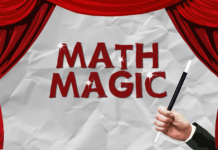 For Daily Job Alert For Daily Job Alert |
Join Our Whats App Channel |
 For Free Study Material For Free Study Material |
Join Our Telegram Channel |
Permutation And Combination Tips and Tricks for IBPS, SBI, SSC, RRB, RBI, Railway, LIC,IAS,SSB Exams.
Permutation:An arrangement is called a Permutation. It is the rearrangement of objects or symbols into distinguishable sequences. When we set things in order, we say we have made an arrangement. When we change the order, we say we have changed the arrangement. So each of the arrangement that can be made by taking some or all of a number of things is known as Permutation.Combination:A Combination is a selection of some or all of a number of different objects. It is an un-ordered collection of unique sizes.In a permutation the order of occurence of the objects or the arrangement is important but in combination the order of occurence of the objects is not important.
Formula for finding out Permutation And Combination
Useful Relations
(i). 0!=1!=1
(ii). nC0=n!0!×n!=10!=1
(iii). n!=n×(n−1)!
(iv). nPr=n!(n−r)!
(v). (n+1).nPr=n+1Pr+1
(vi). nCr=nPrr!
(vii). nCr=nCn−r
(viii). n−1Cr−1+n−1Cr=nCr













